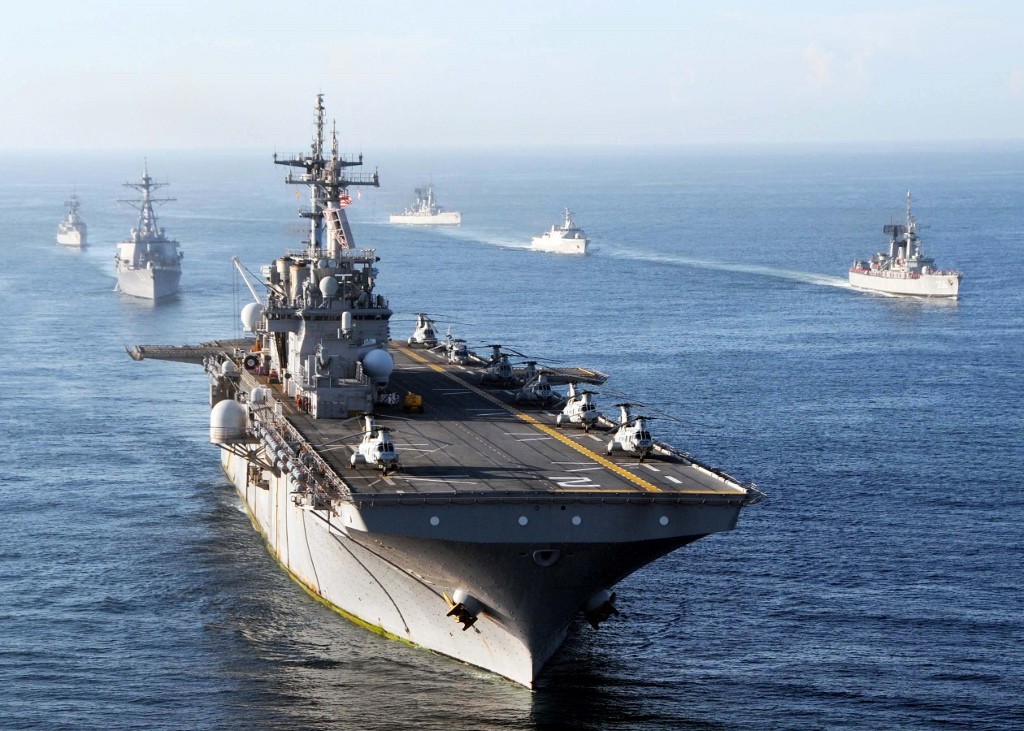We cannot keep this up and still be a global fleet

The sleight of hand budgeting the Navy was able to pull off in FY 13 in order to maintain fleet readiness is going to be increasingly difficult with the specter of sequester hanging over both the FY14 and FY15 budgets (and beyond). That was the message from two senior Navy leaders at last week’s Joint Hearing of the House Armed Services Committee Seapower and Projection Forces and Readiness Subcommittees. Rear Admiral Timothy S. Matthews, USN (Director, Fleet Readiness, OPNAV N43, Chief of Naval Operations, Department of Defense) and Rear Admiral Thomas S. Rowden, USN (Director, Surface Warfare, OPNAV N96, Chief of Naval Operations, Department of Defense) reinforced what has become a consistent and relentless message from the Navy: we cannot keep this up and still be a global fleet.
A newsworthy moment was made when RADM Rowden asserted that without relief from sequestration, the fleet in 2020 would consist of 257 ships rather the 295 ships projected in the FY 2014 30 Shipbuilding Plan. This budget driven decline would arise from both building fewer ships and from decommissioning others.
Further exacerbating the fleet size problem is the fact that ship maintenance availabilities will continue to be deferred and canceled (8 FY 13 availabilities were moved to FY 14, with assumptions that sequester would be gone) with 30 such availabilities on schedule for FY14. Sequester will almost certainly push a number of FY 14 availabilities into FY15, and we see the seeds of hollowness beginning to germinate. As maintenance is deferred and canceled, ship life is “used up” under high tempo operations. Keeping ships until their expected service life dates are one of the primary variables that goes into the fleet size metrics. These would have to be adjusted (downward) if maintenance dollars continue to be scarce.
Adding insult to injury Overseas Contingency Operations (OCO) account, – the source of recent shipyard maintenance funding, will soon be a thing of the past.
Both men made it clear (as has the CNO in recent public statements) that the readiness of non-deployed forces are crucial to ensure continuing naval presence around the world. Where previously the Navy had three carrier battle groups and three amphibious ready groups available for surge, there would likely be only one of each under sequester funding levels. This is a risk calculation, and probably not a bad one given all the competing bad choices: pulling back from the world and/or gutting procurement.
Bryan McGrath is the founding Managing Director of The FerryBridge Group LLC. A retired Naval Officer, Bryan spent 21 years on active duty including a tour in command of USS BULKELEY (DDG 84). His final duties ashore included serving as Team Lead and Primary Author of the US Navy’s 2007 Maritime Strategy A Cooperative Strategy for 21st Century Seapower.

